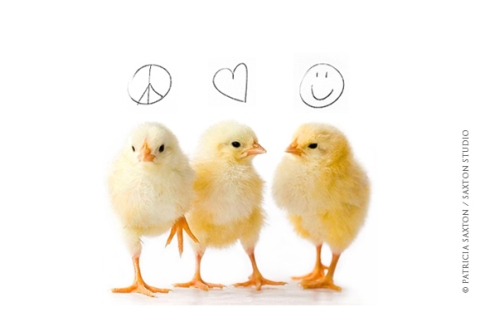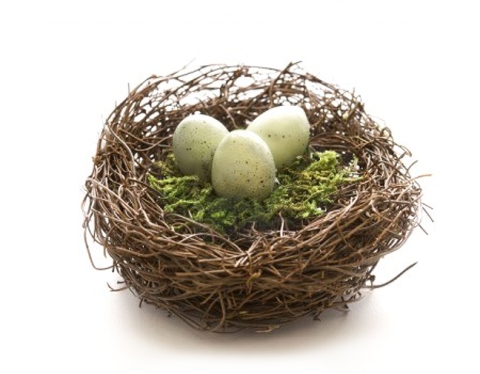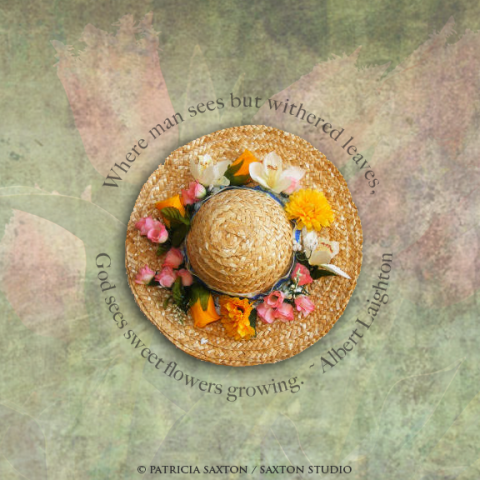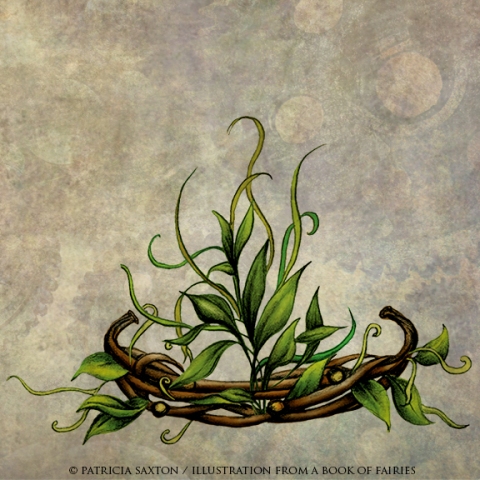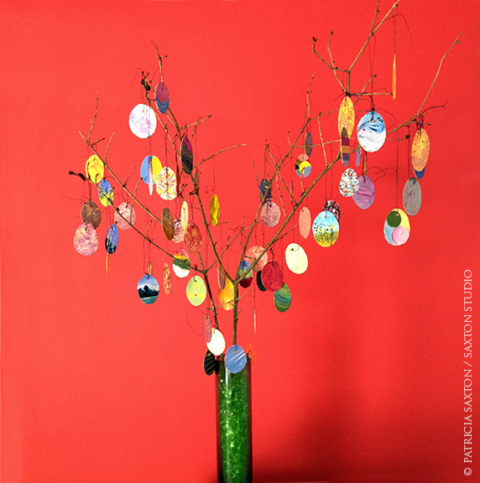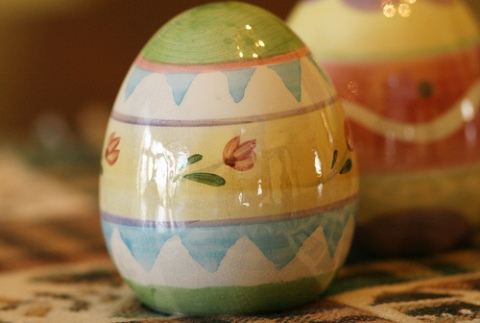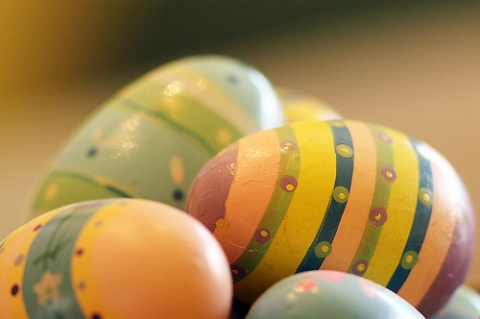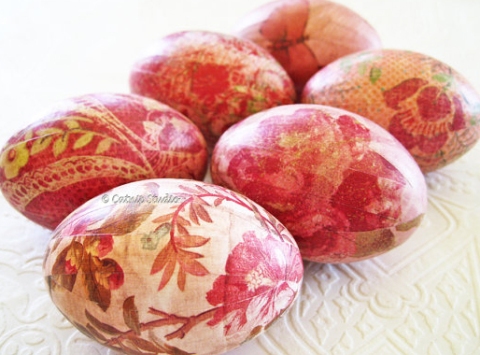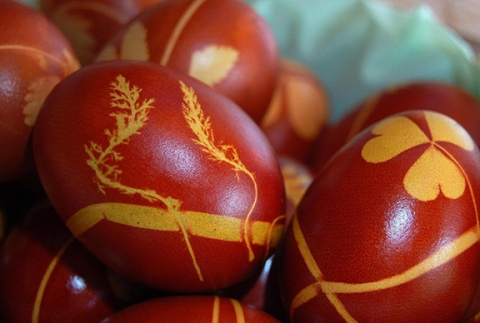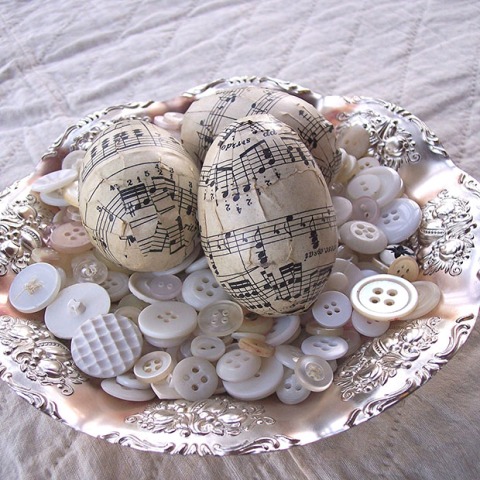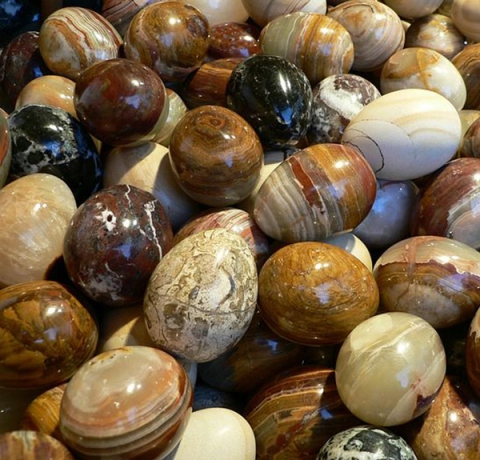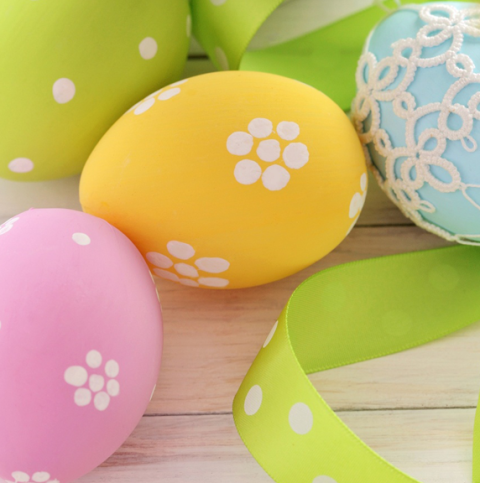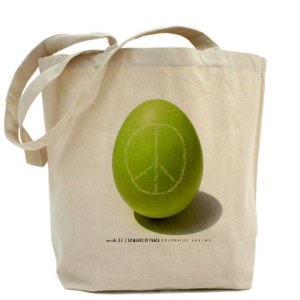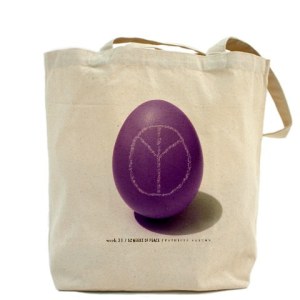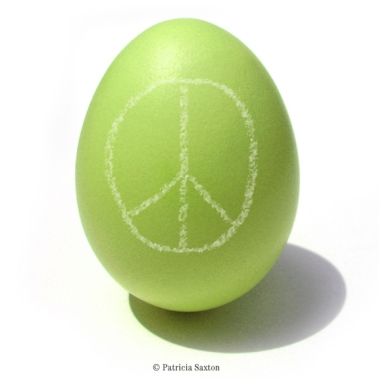A Moveable Feast (of Eggs, Baskets and Bunnies)
Way back in the year 325 AD, it was decreed by First Council of Nicaea that Easter would fall on the first Sunday after the first full moon following the March equinox. As a result, there is no fixed date, but rather a “moveable” one for this high Christian holiday.
And I imagine it’s considered a moveable “feast” because the holiday season is actually quite long, when you take into account the observances of the 40 days of Lent, Holy Thursday, Palm Sunday, Good Friday, Easter itself, followed by a fifty-day period of Eastertide, ending with Pentecost Sunday. Interesting.
Also interesting is the fact that Easter and Passover not only coincide, but in many languages the word for Easter and Passover are the same or similar. While the reason for celebration differs, the timing and some of the symbolisms share a curious resemblance.
The plot thickens when one recalls the Pagan holiday of Ostara, held at the spring equinox in celebration of the seasons changing from dark to light, from winter to spring. Ostara, or Eostre, is an Anglo-Saxon goddess representing the dawn, whose role is to watch over the fertility of the earth and the emergence of new life. Today’s word Easter derives from the old English word Eostre.
I find it all kind of fascinating. How religious holidays often overlap, interweave, intersect. Like a great big message from the universe to be good, to appreciate, to love, expressed in different ways within different cultures, but all with powerful interpretations. So that you can’t miss it; you’ve got to take note.
However you see it, however you experience this time of year, its roots are deeply spiritual the world over, and the symbolisms of lamb, chicks, bunnies, and baskets filled with sweets and colorful eggs all represent the promise of rebirth, renewal, liberation, resurrection, festivity.
However you celebrate, it’s a time worthy of honor and respect, reflection and gratitude. So feast well and be joyful. Happy Easter!



